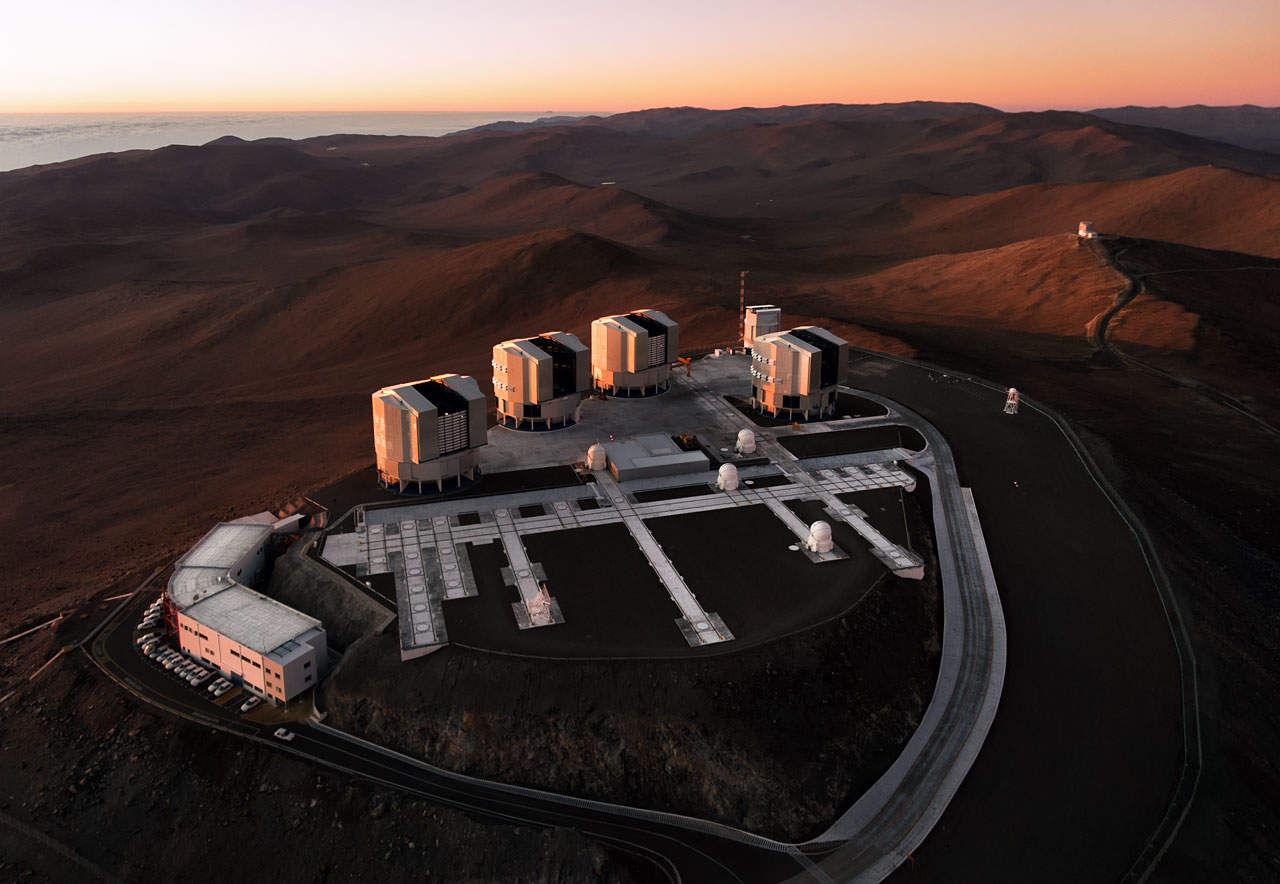‘Autonomous laboratory’ unearths the best quantum dots for optoelectronic and photonic devices

A new autonomous laboratory system has enabled researchers to identify the highest-performing materials for certain applications in a matter of hours or days, compared to years using conventional wet-chemistry techniques. The system, dubbed SmartDope and devised by researchers in the US, also uses machine learning to analyse the results of experiments. According to its creators, it could accelerate the process of discovering and developing advanced materials for optoelectronics and photonics devices.
In developing SmartDope, a team led by North Carolina State University chemical engineer Milad Abolhasani focused on a specific challenge: how to synthesize best-in-their-class doped quantum dots. These semiconductor nanocrystals contain impurities that have been deliberately introduced to modify the dots’ optical and physicochemical properties, and they show much promise for next-generation photovoltaic devices. Doped quantum dots could, for example, improve the efficiency of solar cells if they were engineered to convert the Sun’s abundant UV light into wavelengths that are more efficiently absorbed by these cells, enhancing the unit’s energy conversion.
The problem is that it is challenging to synthesize quantum dots with the very high quality required for such applications. Identifying the best “recipe†for doing so using conventional techniques could take 10 years of focused laboratory experiments, explains Abolhasani. “This is the reason why we developed our autonomous lab – so we could do this in a matter of just hours or days,†he says.
A closed-loop system
The first step when using SmartDope is to provide the system with precursor chemicals and give it a goal. One example might be to find the doped perovskite quantum dots with the highest quantum yield – that is, the one that produces the greatest number of photons emitted per photon absorbed. The system will then run the experiments autonomously in a continuous flow reactor, manipulating variables such as precursor amounts, reaction temperatures and reaction times. It also characterizes the optical properties of the quantum dots produced by each experiment automatically, as the quantum dots leave the flow reactor.
The system then uses machine learning to analyse the results. In the process, it updates its understanding of the synthesis chemistry and selects which experiment to run next to optimize the quantum dots’ optical properties. This so-called closed-loop operation allows SmartDope to rapidly identify the best quantum dot possible.
In the work, which Abolhasani and colleagues describe in Advanced Energy Materials, they studied the best way to make metal cation-doped lead halide perovskite quantum dots. More specifically, they analysed the multi-cation doping of CsPbCl3 quantum dots using a “one-pot†high-temperature synthesis process.
Thanks to SmartDope, the researchers were able to identify, in just one day of autonomously running their experiments, the best recipe for making doped quantum dots that produced a photoluminescence quantum yield of 158% — that is, the quantum dots emitted an average of 1.58 photons for every photon they absorbed. The previous record in this class of materials is 130%.

Large language model predicts how to make inorganic compounds
“The implications for this work are profound,†Abolhasani tells Physics World, “especially for renewable energies. SmartDope’s ability to swiftly identify and optimize advanced functional materials for applications such as next-generation photovoltaic devices opens up new possibilities for improving the efficiency of solar cells, for example.â€
The researchers are now refining their system further, with the aim of “exploring new materials and expanding its physical and digital capabilities to address a wider range of challenges in chemical and material sciencesâ€, Albohasani says. “We are also actively considering collaboration with industry partners to implement SmartDope in real-world settings,†he reveals. “Our goal is to continue leveraging the power of autonomous labs to drive rapid advancements in chemical and materials sciences.â€




